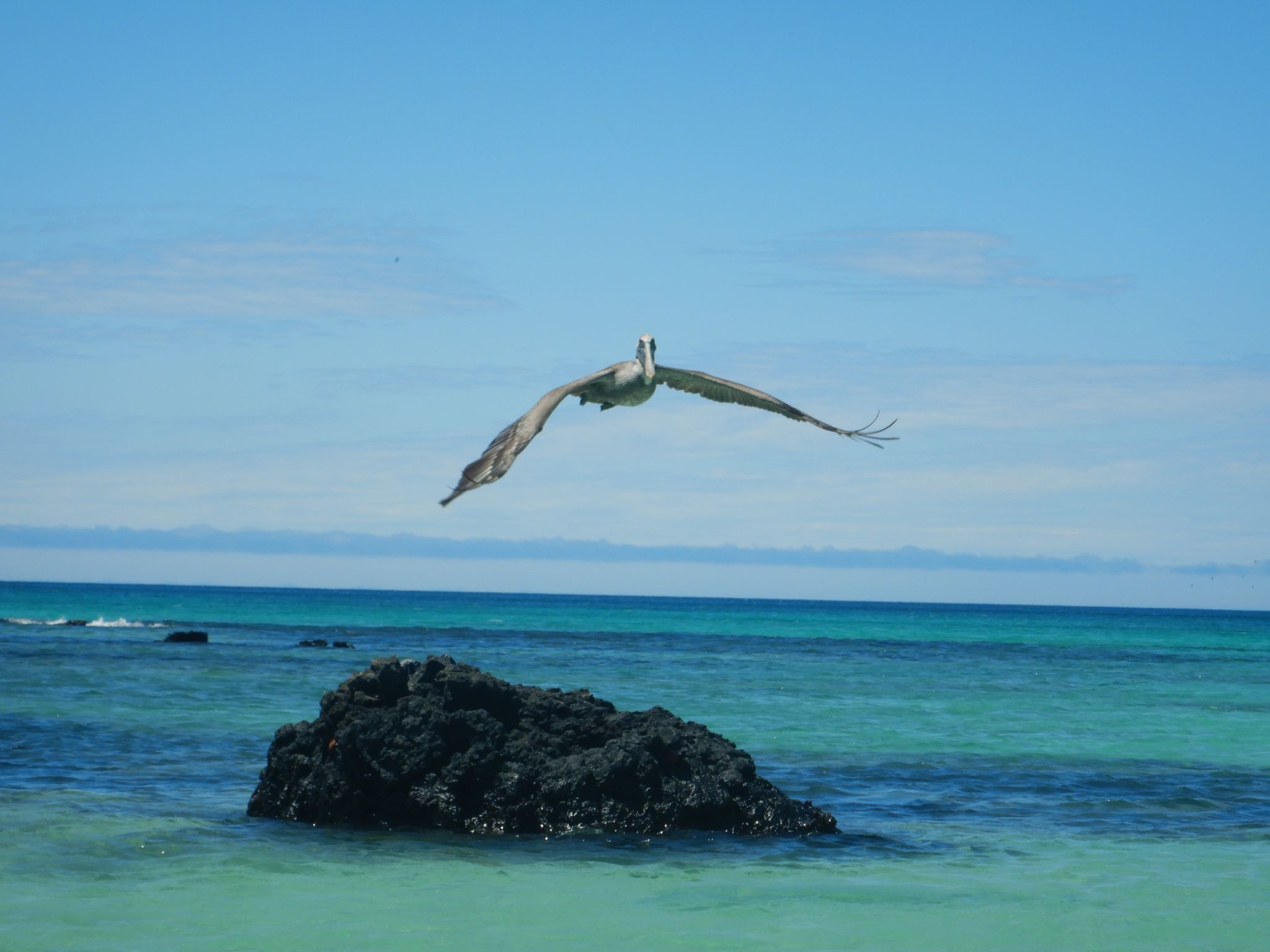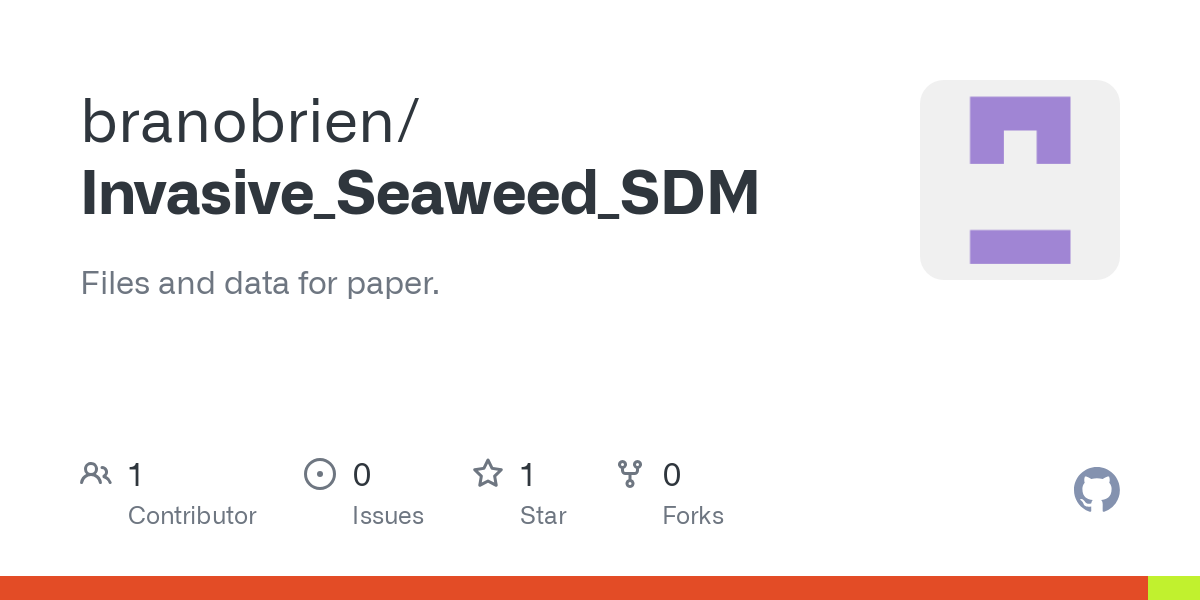The Devastating Impact Of Invasive Seaweed On Australia's Marine Environment

Table of Contents
Identifying Invasive Seaweed Species in Australia
Several invasive seaweed species are wreaking havoc on Australia's marine environment. Understanding their characteristics is the first step towards effective management. Here are some key culprits:
- Caulerpa taxifolia (Killer Algae): This Mediterranean native, notorious for its rapid growth and toxicity, forms dense mats that smother native seagrass beds and other marine life. It's been found in several locations along the Australian coast.
- Undaria pinnatifida (Wakame): Originally from Japan, this edible seaweed is a highly invasive species that outcompetes native algae for resources. It's particularly problematic in cooler waters of southern Australia.
- Asparagopsis taxiformis (Red Algae): While not as visually impactful as others, this red seaweed can cause significant ecological damage by altering habitat structure and impacting biodiversity. It is prevalent in various locations across Australia.
Key Identification Features:
- Caulerpa taxifolia: Bright green, feathery fronds with distinctive segmented branches.
- Undaria pinnatifida: Brown, ribbon-like blades, often with a ruffled edge.
- Asparagopsis taxiformis: Bushy red or reddish-brown growth, appearing feathery or branched.
For detailed identification guides and distribution maps, consult resources like the Australian Museum website and the Department of Agriculture, Water and the Environment's database.
The Ecological Impacts of Invasive Seaweed
The spread of invasive seaweed has profound ecological consequences. These blooms dramatically alter marine ecosystems, leading to:
- Habitat Loss: Dense mats of invasive seaweed smother native seagrasses and kelp forests, destroying vital habitats for a wide range of marine organisms.
- Competition for Resources: Invasive species outcompete native algae for sunlight, nutrients, and space, disrupting the natural balance of the ecosystem.
- Disrupted Food Webs: The decline of native species due to competition and habitat loss cascades through the food web, affecting predator-prey relationships and overall biodiversity.
Examples of Affected Species: Many native fish, invertebrates, and other algae species are negatively affected by the displacement caused by invasive seaweed. The loss of these foundational species can have far-reaching implications for the entire ecosystem.
Economic Consequences of Invasive Seaweed in Australia
The economic impact of invasive seaweed is substantial, affecting industries that depend on healthy marine environments.
- Fisheries: Habitat degradation caused by invasive seaweed negatively impacts fish populations, reducing commercial fishing yields and threatening livelihoods.
- Tourism: Unsightly seaweed blooms reduce water clarity, impacting the aesthetic appeal of beaches and coastal areas, leading to decreased tourism revenue.
- Management Costs: Control and management efforts, including manual removal, chemical treatments, and biocontrol research, are expensive and require significant ongoing investment.
Specific Economic Losses: Quantifying the precise economic impact is challenging, but studies are underway to better understand the full costs associated with invasive seaweed management and the indirect losses related to damaged ecosystems.
Management and Control Strategies for Invasive Seaweed
Controlling the spread of invasive seaweed is a complex and challenging undertaking. Current strategies include:
- Manual Removal: This labour-intensive method is effective for small-scale infestations but is impractical for large-scale blooms.
- Chemical Control: Herbicides can be used, but their potential impact on non-target species and the wider marine environment necessitates careful consideration.
- Biocontrol: Research into using natural predators or pathogens to control invasive seaweed is ongoing, offering a potentially more sustainable approach.
Challenges: Widespread infestations, difficult-to-access locations, and the high cost of control measures pose significant obstacles to effective management.
The Role of Public Awareness and Citizen Science
Public awareness and citizen science initiatives are crucial for effective management of invasive seaweed.
- Early Detection: Early detection of new infestations is essential for implementing timely and effective control measures.
- Monitoring Programs: Citizen scientists can play a vital role in monitoring the spread of invasive seaweed and providing valuable data for researchers and managers.
- Reporting Sightings: The public can contribute by reporting sightings of invasive seaweed to relevant authorities, assisting in tracking the spread of these species.
Get Involved: Several organisations across Australia run citizen science programs focused on invasive seaweed monitoring. Check your local council and state environment agencies for details on how to participate.
Conclusion
Invasive seaweed poses a significant threat to Australia's marine environment, causing devastating ecological and economic consequences. The rapid spread of these species necessitates proactive management strategies, including a multi-pronged approach combining manual removal, chemical control (where appropriate and carefully managed), and biocontrol research. Critically, public awareness and active participation in citizen science initiatives are vital for early detection and effective control of invasive seaweed. Protect Australia’s precious marine ecosystems. Learn more about invasive seaweed and how you can contribute to its control by contacting your local environmental agency or participating in a citizen science project. Let's work together to safeguard the future of Australia's unique and valuable marine biodiversity.

Featured Posts
-
 Bruno Fernandes Manchester United Stars Near Transfer To Tottenham Hotspur
May 30, 2025
Bruno Fernandes Manchester United Stars Near Transfer To Tottenham Hotspur
May 30, 2025 -
 Golacos E Emocao Manchester United E Arsenal Empatam
May 30, 2025
Golacos E Emocao Manchester United E Arsenal Empatam
May 30, 2025 -
 Another Measles Case In Virginia Second Confirmed Infection In 2025
May 30, 2025
Another Measles Case In Virginia Second Confirmed Infection In 2025
May 30, 2025 -
 Bts Summer 2024 Album Exclusive News And Updates
May 30, 2025
Bts Summer 2024 Album Exclusive News And Updates
May 30, 2025 -
 Australias Marine Fauna Under Siege The Invasive Seaweed Crisis
May 30, 2025
Australias Marine Fauna Under Siege The Invasive Seaweed Crisis
May 30, 2025
Latest Posts
-
 Emergency Relocation Rogart Vets In Tain Following Fire
May 31, 2025
Emergency Relocation Rogart Vets In Tain Following Fire
May 31, 2025 -
 Plastic Glove Project Strengthening The Rcn Vet Nursing Partnership
May 31, 2025
Plastic Glove Project Strengthening The Rcn Vet Nursing Partnership
May 31, 2025 -
 Rogart Veterinary Clinic Relocates To Tain After Fire Damage
May 31, 2025
Rogart Veterinary Clinic Relocates To Tain After Fire Damage
May 31, 2025 -
 Rising Pet Vet Bills In The Uk The Role Of Corporate Veterinary Structures
May 31, 2025
Rising Pet Vet Bills In The Uk The Role Of Corporate Veterinary Structures
May 31, 2025 -
 Tain Offers Temporary Space To Rogart Veterinary Practice After Fire
May 31, 2025
Tain Offers Temporary Space To Rogart Veterinary Practice After Fire
May 31, 2025
